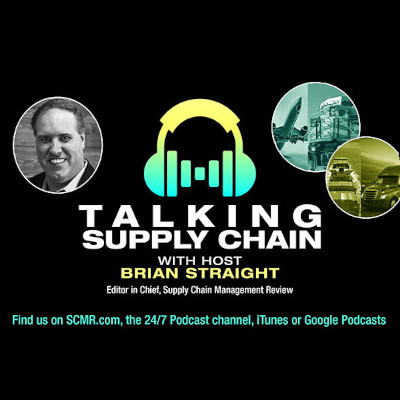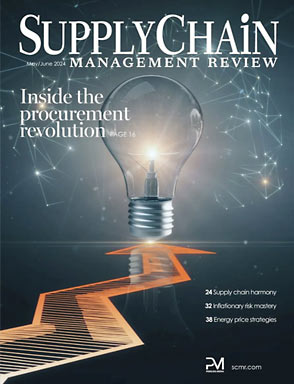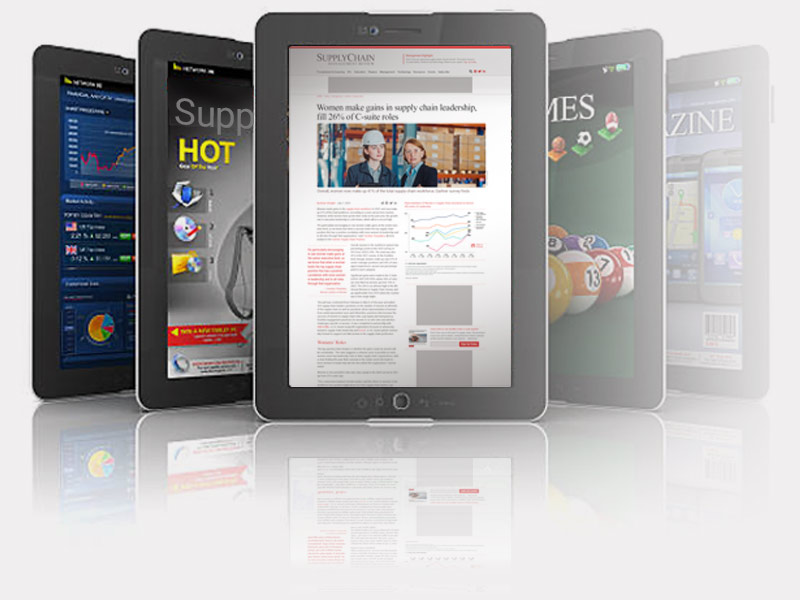The 24th annual “State of Logistics Report,” released by the Council of Supply Chain Management Professionals (CSCMP) and presented by Penske today reveals that total U.S. business logistics costs in 2012 rose to $1.33 trillion, a 3.4% increase from the previous year, remaining at 8.5% of the U.S. gross domestic product (GDP).
Other report highlights include:
• 2012 can be characterized by a lack of sustained growth in the economy and by extension, the freight sector
• Parts of the economy were made lean or right-sized such as truck and cargo jet fleets and retail inventory levels; supply chain practices were adapted to be even more mode-agnostic, making best use of the available capacity, reducing costs and still increase productivity
◦ Entire industries were expected to remake themselves following a less labor-intensive model with increased use of technology to improve quality and cut costs
• Logistics costs as a percentage of GDP in the U.S. compares quite favorably to that of trading partners. Slow economic growth has kept the percentage lower than normal, but the supply chain sector has made great strides in productivity, asset utilization and inventory management in the last three years
• The trucking industry is facing a serious capacity problem even in this lower volume environment and will have difficulty meeting demand with new rules such as the U.S. Department of Transportation’s new Federal Motor Carrier Safety Administration (FMCSA) Hours of Service (HOS) regulation going into effect on July 1, 2013, affecting driver availability
• Accumulated inventories across manufacturing, wholesale and retail have the potential to become a drag on the economy
• According to Armstrong and Associates, revenues for the 3PL sector rose 5.9 percent in 2012 and as a result, companies are looking to outsource logistics. The domestic transportation management segment was the fastest growing sector with gross revenues up 9.2 percent
• Intermodal will continue to grow and is becoming the most efficient way to move goods in the “new normal”
Meanwhile, ocean carriers will continue to be plagued with overcapacity and rate problems due to optimistic economic forecasts that led to companies expanding their fleets.
A full account of the presentation will be published in our sister publication—Logistics Management—next month.
Read More on the State of Logistics Report: New Order, New Opportunities for Logistics Managers from Supply Chain 24/7
SC
MR

Latest Supply Chain News
Latest Podcast

 Explore
Explore
Latest Supply Chain News
- AI-driven sourcing: Why the speed of change is going to only accelerate
- A Silk Road city
- U.S.-bound containerized import shipments are up in June and first half of 2024
- Do net-zero goals matter?
- Boeing turned to Fairmarkit, AI to help land its tail spend
- Expand supply chain metrics to cover the complete customer experience
- More latest news
Latest Resources

Subscribe

Supply Chain Management Review delivers the best industry content.

Editors’ Picks





